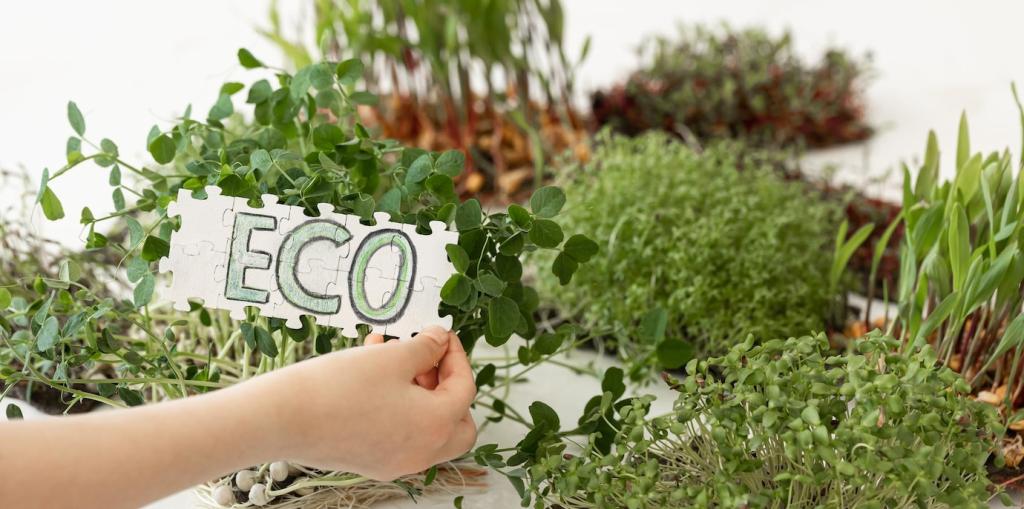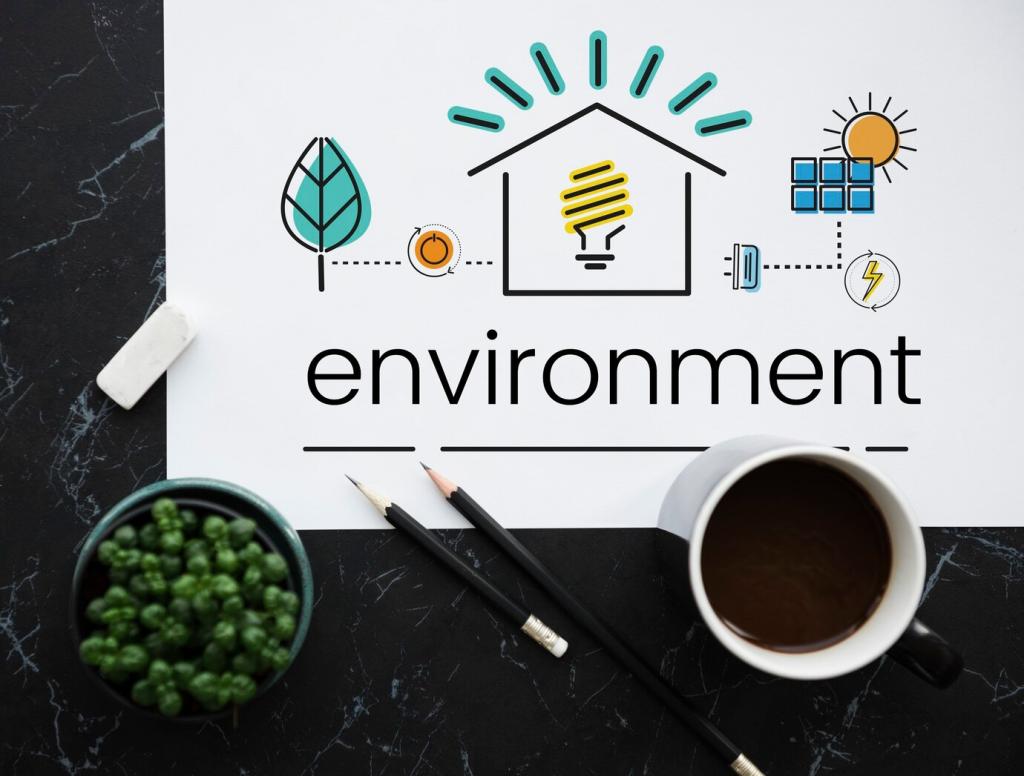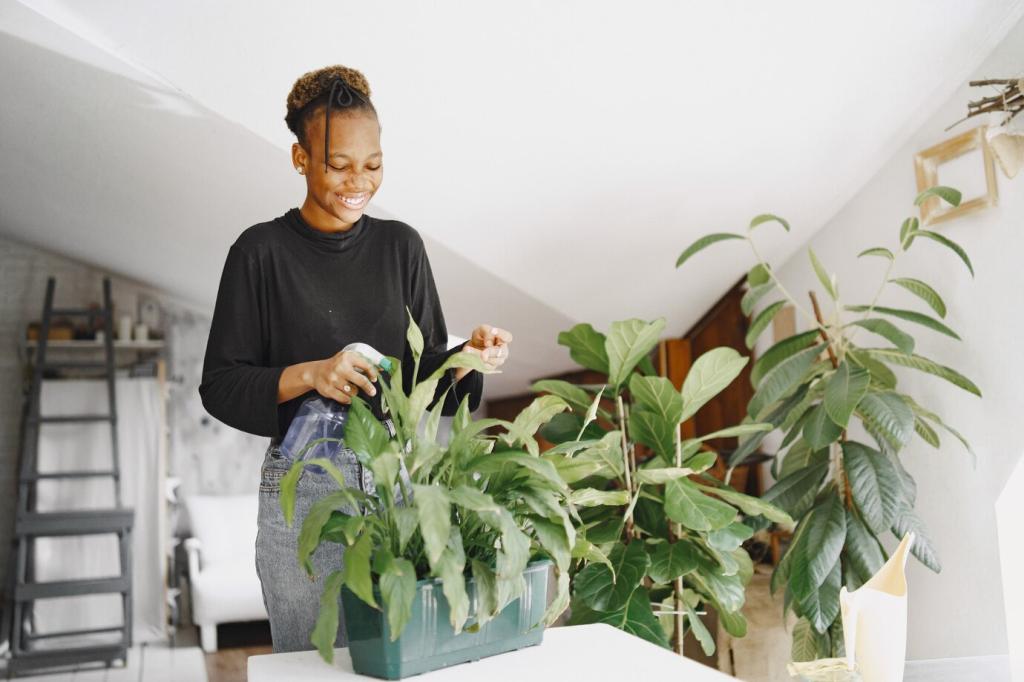Guide to Eco-Conscious Upholstery: Comfort With a Conscience
Why Eco-Conscious Upholstery Matters
From timber and textiles to glues and shipping, upholstery carries an unseen footprint. Choosing responsibly sourced frames, non-toxic fillings, and low-impact fabrics reduces waste, saves resources, and quietly shifts our homes toward sustainability without sacrificing comfort or style.
Why Eco-Conscious Upholstery Matters
Traditional foams, finishes, and adhesives can release unwanted fumes indoors. Opting for water-based glues, natural fibers, and verified low-emission materials supports cleaner air, calmer minds, and the everyday wellbeing of kids, pets, and anyone who loves a good afternoon nap.
Why Eco-Conscious Upholstery Matters
When I reupholstered my grandmother’s reading chair using linen, wool batting, and water-based adhesive, the piece felt new again—still familiar, but forgiving to the planet. Tell us about furniture you’ve rescued; your story might inspire someone to repair instead of replace.
Planet-Smart Materials and Fabrics
Natural Fibers That Work Hard
Consider linen, hemp, organic cotton, and wool. They’re breathable, strong, and often biodegradable when untreated. Look for fibers grown with fewer chemicals, and ask about scouring and dye processes to ensure your fabric looks beautiful without compromising your sustainability goals.


Recycled and Circular Textiles
Recycled polyester and blends derived from post-consumer bottles can deliver serious durability with a smaller footprint. Check abrasion ratings like Martindale or double rubs, and favor mills that document recycled content percentages and closed-loop processes for consistent, verifiable environmental benefits.

Stronger Frames, Fewer Regrets
Seek frames built from responsibly sourced hardwoods and sturdy joinery. Look for repair-friendly designs that use screws and dowels rather than excessive adhesives. A solid frame is the backbone of sustainability, inviting repairs, reupholstery, and years of dependable, comfortable service.

Timeless Style, Flexible Details
Classic silhouettes in versatile colors won’t age quickly. Add personality through cushions or throws that are easy to swap. This approach keeps your main piece relevant while allowing small updates to reflect seasons, moods, or milestones without a complete redesign.



Sourcing, Labels, and Trust
Look for GOTS for organic textiles, OEKO-TEX for tested substances, FSC for responsible wood, and Greenguard Gold for low emissions. No single label says it all, but together they outline a clearer, more trustworthy sustainability picture for your furniture.
DIY or Pro: Choosing Your Path
Small ottomans, dining chairs, and simple slipcovers are great beginner projects. Learn to remove staples safely, pattern fabric thoughtfully, and stretch evenly. Document your process and share photos; your progress helps others approach their first eco-upholstery project confidently.
